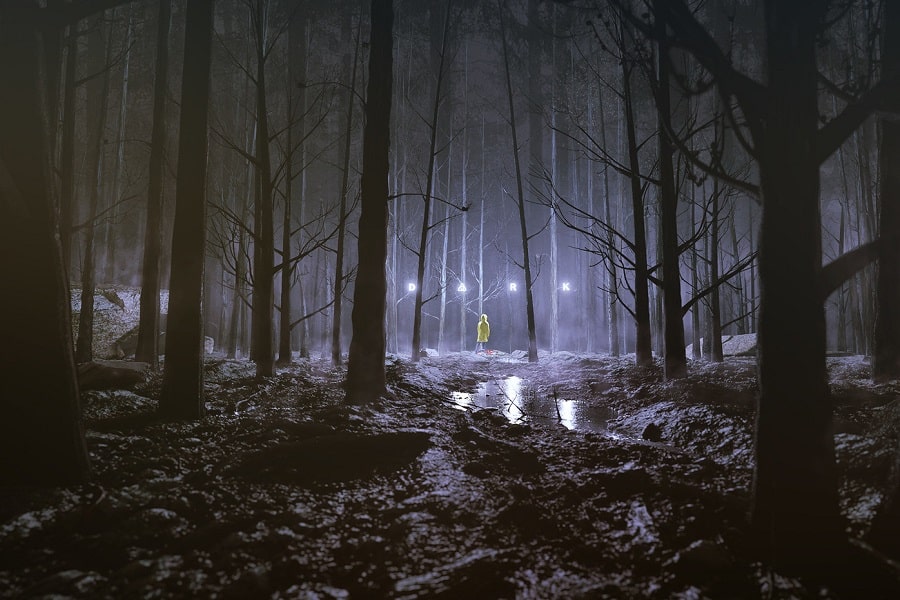
Villains and Setting
Villains, those intriguing harbingers of chaos and discord, often become the central figures in tales spun within the rich tapestry of mysteries. Unveiling the nuanced layers of these antagonists becomes a journey shaped and accentuated by the settings that house them. Just as a masterpiece painting relies heavily on the canvas it adorns, the essence of a compelling villain in mysteries is often a testament to the setting that cradles their malevolence, manipulations, and machinations.
It’s a symphony where the dark notes of villainy resonate profoundly with the surrounding environment, creating a melody that enchants mystery enthusiasts with its eerie beauty.
Dive deeper, and one will find that the setting in mysteries is not just a backdrop but a vibrant entity that moulds and nurtures the nature of the villain. It holds hands with the narrative, guiding it down avenues that only serve to enhance the ominous aura that a well-crafted villain brings to a mystery. Through the annals of literature and the dynamic world of television and film adaptations, the symbiotic relationship between setting and villains emerges more defined, sculpting stories that remain etched in the hearts of aficionados for generations.
It seems that no discussion of settings fostering formidable villains can be embarked upon without acknowledging the moody lanes of Victorian London, which set the stage for Arthur Conan Doyle’s Sherlock Holmes series. The city, blanketed in fog and reverberating with the distant echoes of footsteps on cobblestone streets, shares a dance with one of literature’s most cryptic villains, Professor Moriarty. The setting whispers secrets into Moriarty’s ears, aiding him in weaving webs of deceit and criminal brilliance that span the grimy alleyways and shadowy corners of London. This intertwining dance between Moriarty and the ever-brooding London town sets a bar, an exemplar of setting and villainy merging into one seamless entity.
However, venture beyond the classic narratives, and one finds a kaleidoscope of settings that embrace their villains in an intimate waltz. Take for instance the small, seemingly serene town of Winden in the German TV series “Dark”. Winden breathes life into a series of complex and interconnected villains whose motives span across time and space. This quaint town, with its towering trees and gloomy skies, serves as a fertile ground fostering a deep-rooted evil that transcends generations. It cradles its villains, nurturing their complexities and providing a canvas that illustrates the depth of human depravity and darkness.
The island setting in Agatha Christie’s “And Then There Were None” portrays a different shade of connection with its villain, an unseen entity manipulating the strings of fate from the shadows. The island, isolated and mysterious, mirrors the mind of the mastermind, resonating with the cold, calculated moves that send shivers down the spine of even the most seasoned mystery enthusiasts. The island becomes a character, an ally in the villain’s twisted game, a stage where each element, from the crashing waves to the rustling leaves, contributes to a crescendo of suspense and unease.
Venture further into the landscapes of villainy and the bustling, rain-soaked streets of Seattle unfold, sheltering the enigmatic and ruthless villain of the television series “The Killing”. This damp, ever-grey city serves as a mirror reflecting the murky depths of human nature, where lines between right and wrong blur, and villains wear faces that deceive with a smile. The relentless rain cleanses, yet it unveils, setting a stage where the villain’s dance is as rhythmic and unpredictable as the falling raindrops.
Stepping into a realm where fantasy meets mystery, the world of Westeros in “Game of Thrones” unfurls a rich tapestry where settings nurture a plethora of villains with varying shades of darkness. Be it the cold, unforgiving North fostering the ruthlessness of Ramsay Bolton or the decadent courts of King’s Landing shaping the cunning and manipulative Cersei Lannister. Each setting in this expansive world feeds into the personalities of its villains, moulding them into characters who embody the harsh realities and brutalities of their environments.
On the silver screen, settings have embraced villains in a cinematic embrace, enhancing their larger-than-life villainous arcs with vivid imagery and profound depth. The sprawling estates in Alfred Hitchcock’s “Rebecca” become a silent witness to Mrs Danvers’ chilling malevolence, her venomous nature echoing through the grand halls and haunting the corners of Manderley, an estate that almost breathes and observes, becoming an accomplice in her wicked deeds.
Throughout literary and cinematic history, it becomes apparent that the bond between setting and villain is a harmonious one, a marriage that births tales dipped in darkness yet radiant with a strange, unsettling beauty. The settings do not merely house these villains; they sculpt them, offering them nuances and depths that are as mesmerising as they are terrifying.
In the journey through mysterious lanes where settings whisper secrets into the ears of the villains, a realisation dawns that the essence of a potent villain lies not just in their actions but in the spaces they inhabit. The surroundings absorb and reflect their darkness, becoming entities that echo their malevolence, whisper their secrets, and embrace their sinister dance with open arms.
Thus, as one traverses through narratives sprinkled with darkness, it becomes evident that settings in mysteries are not mere spectators but active participants in the creation of villains that haunt dreams and ignite a strange, unsettling fascination. In this labyrinthine journey of mysteries, settings and villains waltz in a dance that is hauntingly beautiful, weaving tales that resonate with a chilling yet captivating melody that lingers, long after the last page is turned or the credits roll, leaving an imprint that is as deep as it is intricately woven in the canvas of mystery.
More Features
New York Mysteries
Mysteries in the Big Apple
California Mysteries
What makes mysteries from The Golden State so special?
When a Place Becomes a Character
How Mystery Settings Can Drive the Plot and Shape the Story



